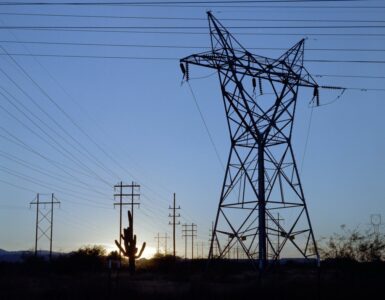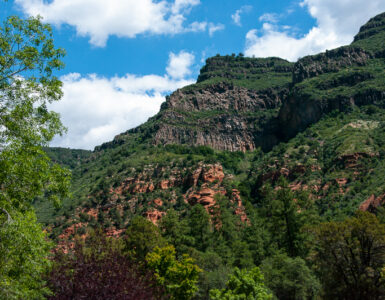Arizona home builders in the populous center of the state are worried that emerging water wars threaten the development of the Sun Corridor, the megaregion between Phoenix and Tucson.
Arizona is facing a potential water shortage, with a 50 percent chance of a reduction in the Colorado River supply in 2020. Home builders and developers in the interior of the state would be among those hardest hit. They rely on multiple sources for water including stored water, excess water from Central Arizona Project (CAP) and water transfers from across the state.
As water interests across the state race to negotiate how to mitigate shortages, keeping development strong in Arizona will be one of their biggest challenges.
For the past 22 years, the Central Arizona Groundwater Replenishment District (CAGRD) has been doing just that. It provides groundwater replenishment services to dozens of towns, cities, and landowners in Pima, Pinal and Maricopa counties. Member fees enable it to buy water to replenish groundwater to last one hundred years for new housing developments as required by the state.
Almost one million people live in 350,000 homes that would not have been built if not for CAGRD, according to an economic impact study by Elliott D. Pollack & Company for the Home Builders Association of Central Arizona (HBACA).
Their economic contribution amounts to $95.2 billion in the past 22 years including hundreds of thousands of jobs and $20 billion in state and local tax revenues, the report shows.
In 2016 alone, CAGRD residents generated 118,000 jobs, nearly $5.0 billion in wages, and $13.4 billion in economic activity.
Explosive growth is expected through 2050 in the Sun Corridor region. The Central Arizona Project may not be able to supply adequate excess water for replenishment indefinitely. Water shortages would mean significantly higher costs, a threat to CAGRD’s ability to have its plan of operations approved by the state. If CAGRD cannot prove it is able to replenish groundwater, new development will stall. Water officials, the governor, and others are working to come up with solutions.
“As water discussions move forward, we need to make sure the CAGRD continues to work,” said Spencer Kamps, vice president of legislative affairs for the HBACA. “It can’t be shortchanged. If CAGRD loses its excess water, how are we going to replace it? That’s the billion dollar question.”
Strategic efforts on all fronts need to take place to ensure Arizona continues to be attractive for investment and development, said Sarah Porter, director of the Kyl Center for Water Policy at Morrison Institute at Arizona State University.
Sharing resources will be key, Porter said.
“We are at the point where our supplies are fully allocated,” she said. “Yes, we have some supplies for growth but some supplies are going to have to come from negotiated reallocation.
“It’s going to take creativity and funding and negotiation if we’re going to continue to use CAGRD as a vehicle to make sure there is water for home building.”
















Add comment